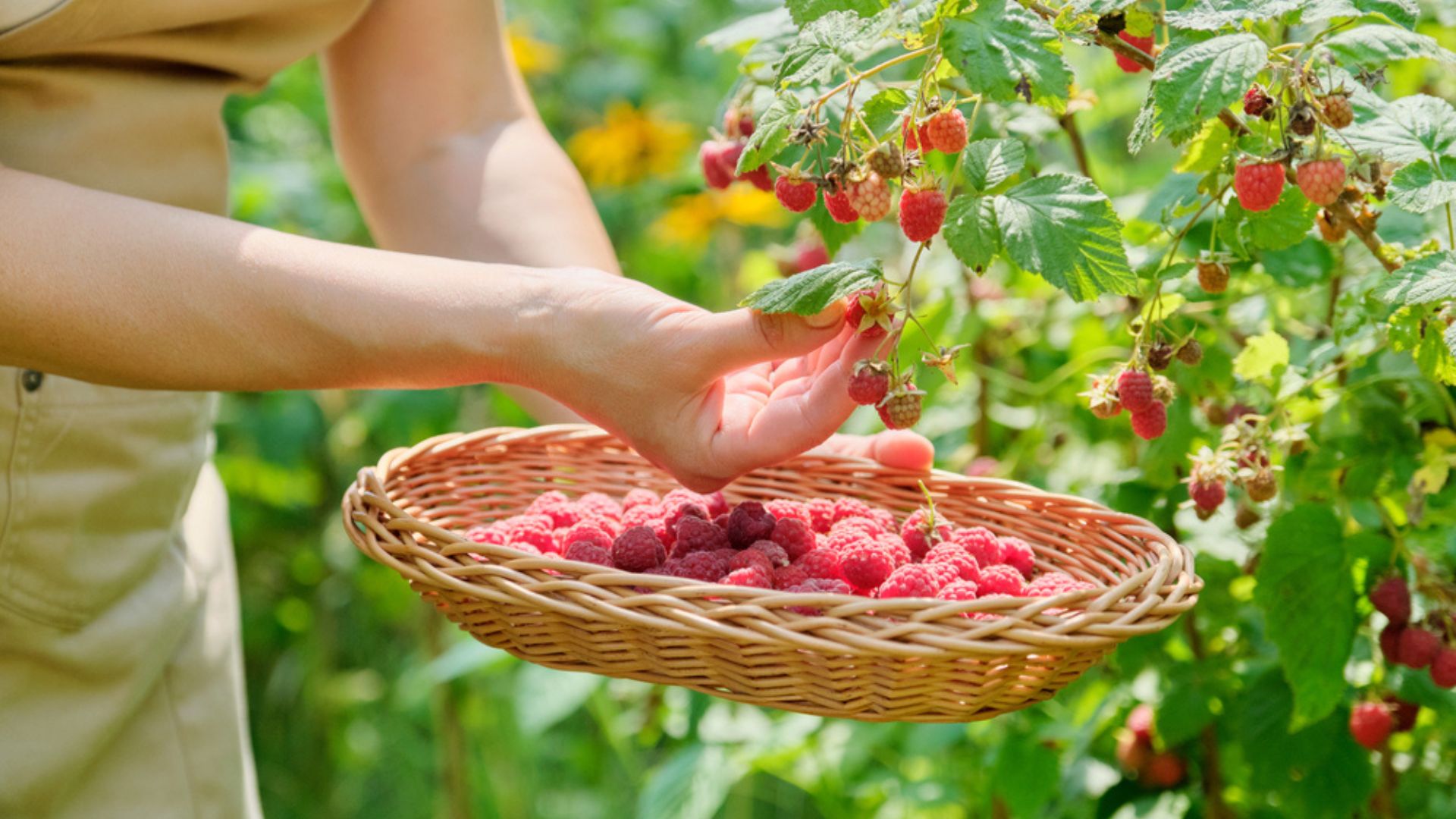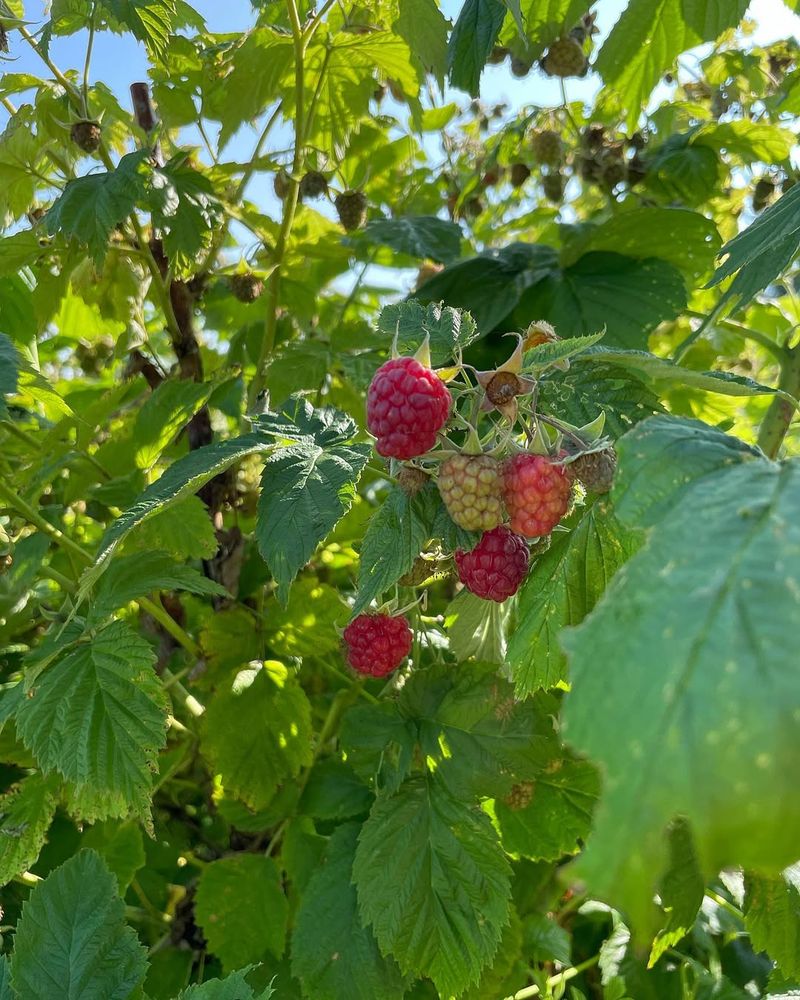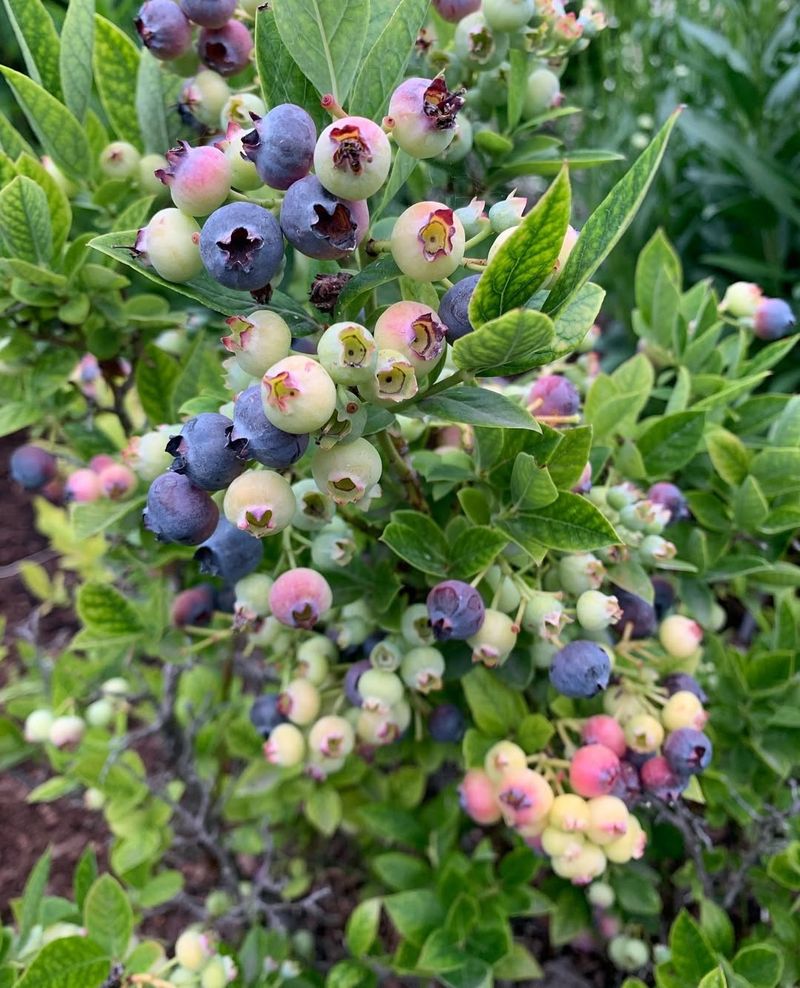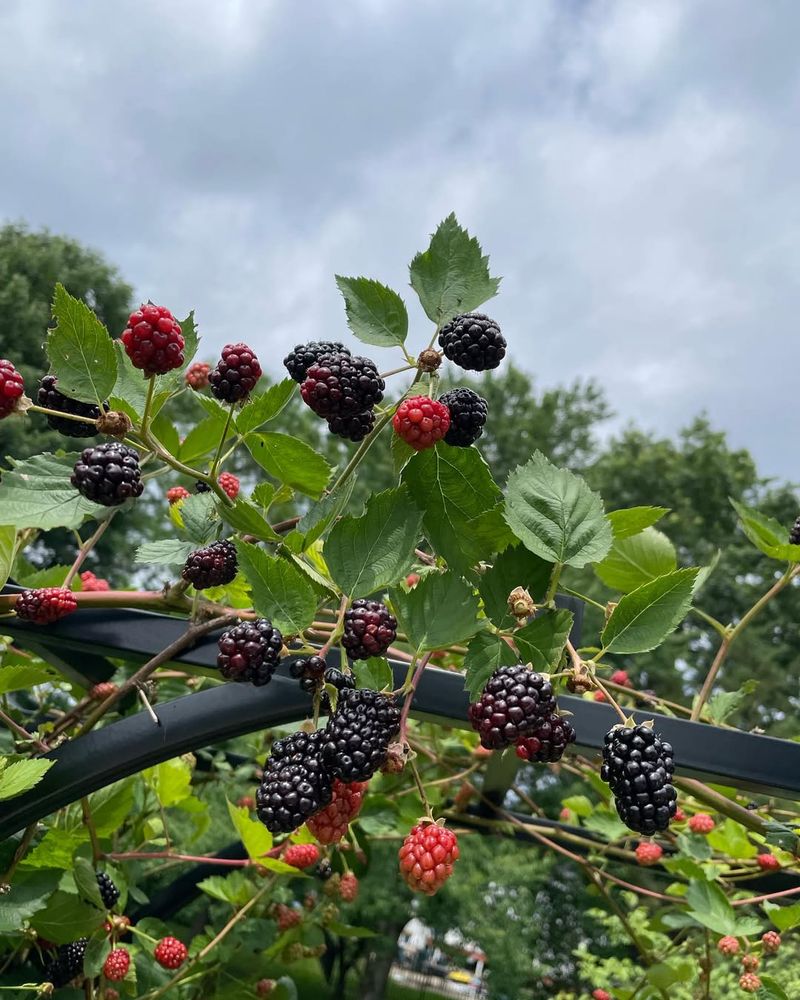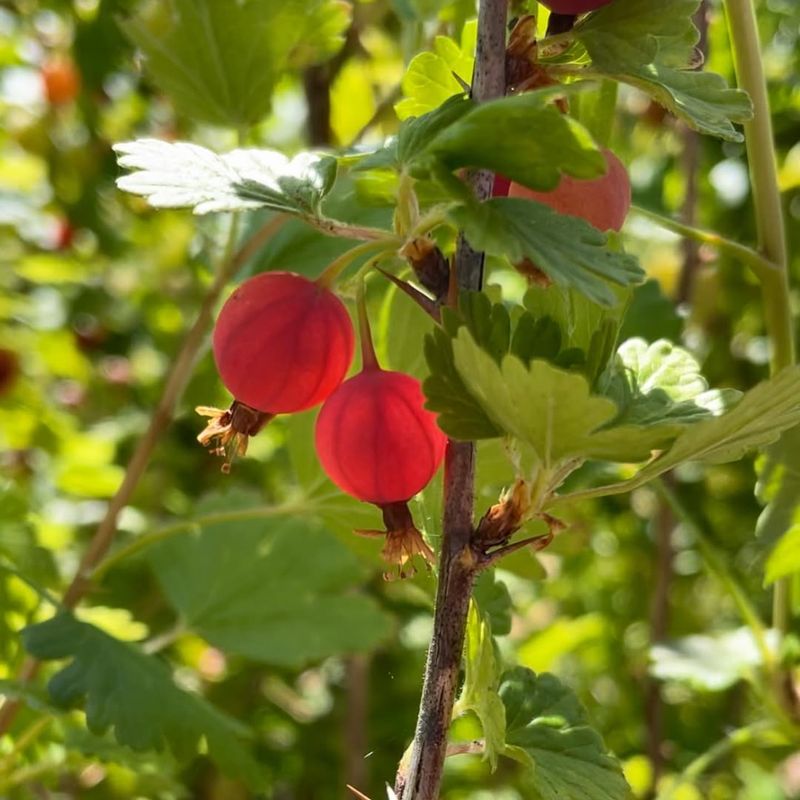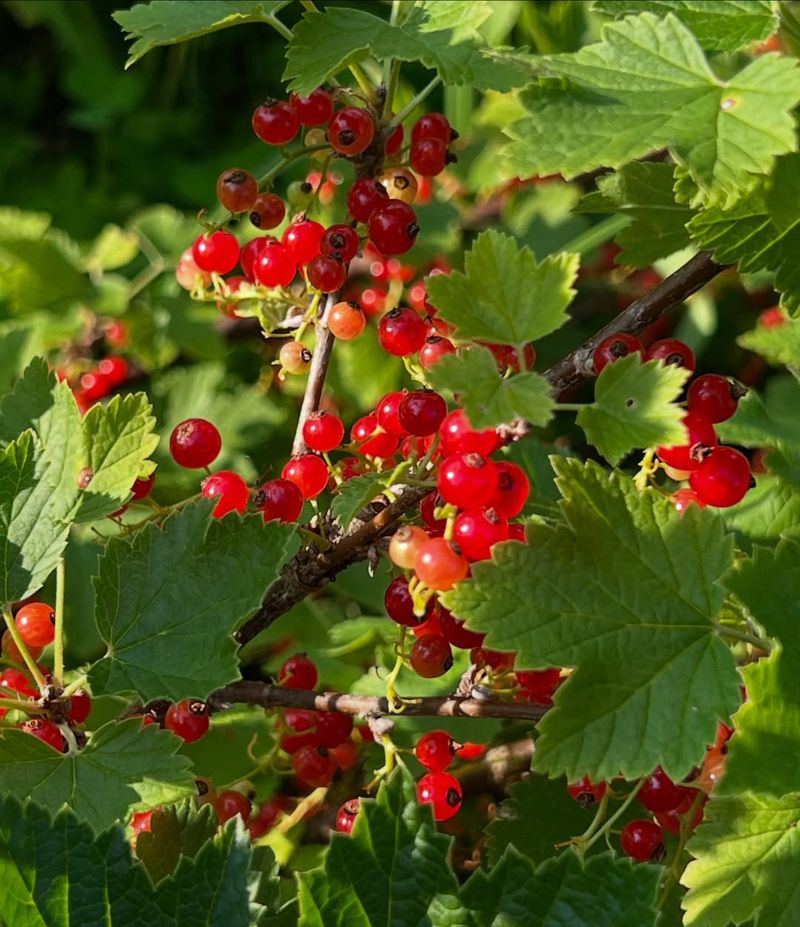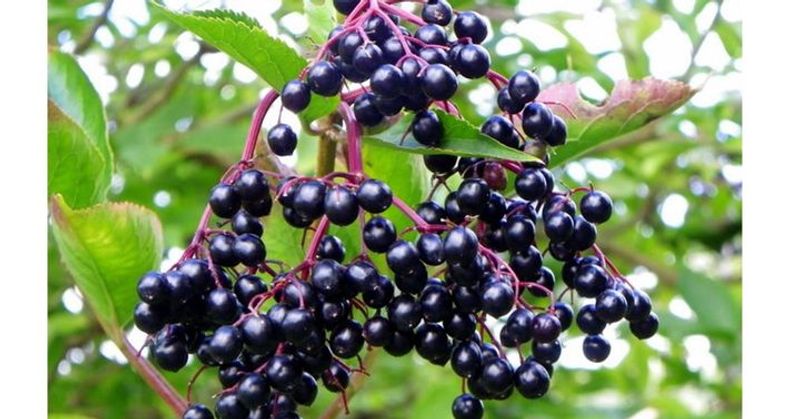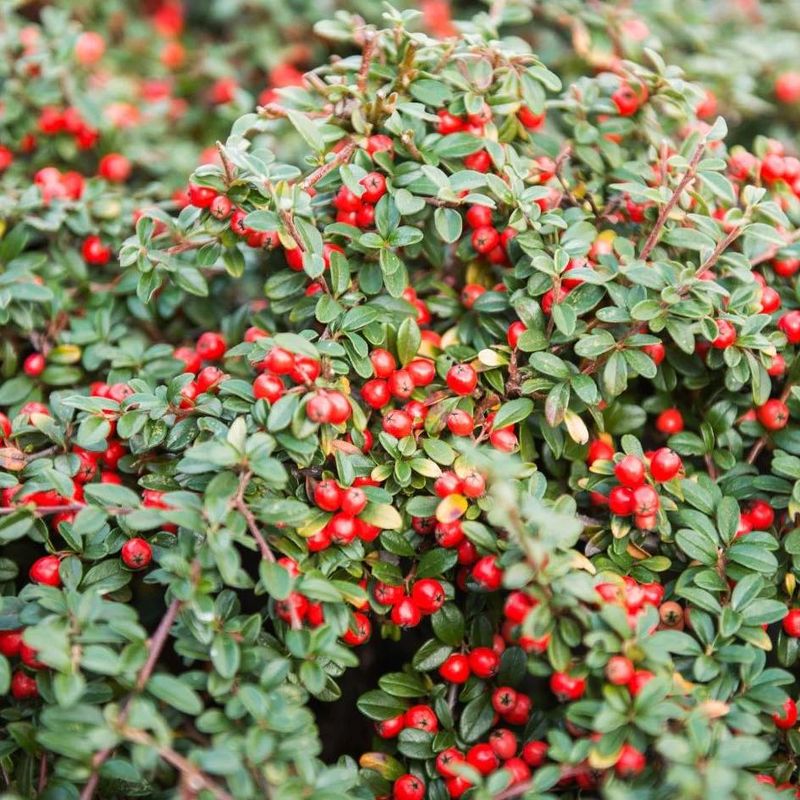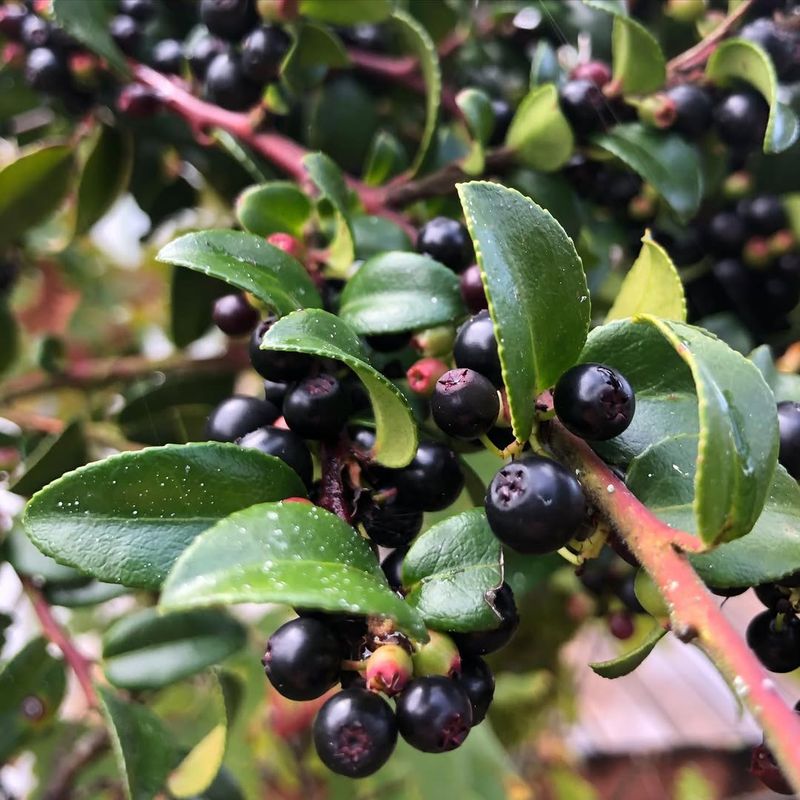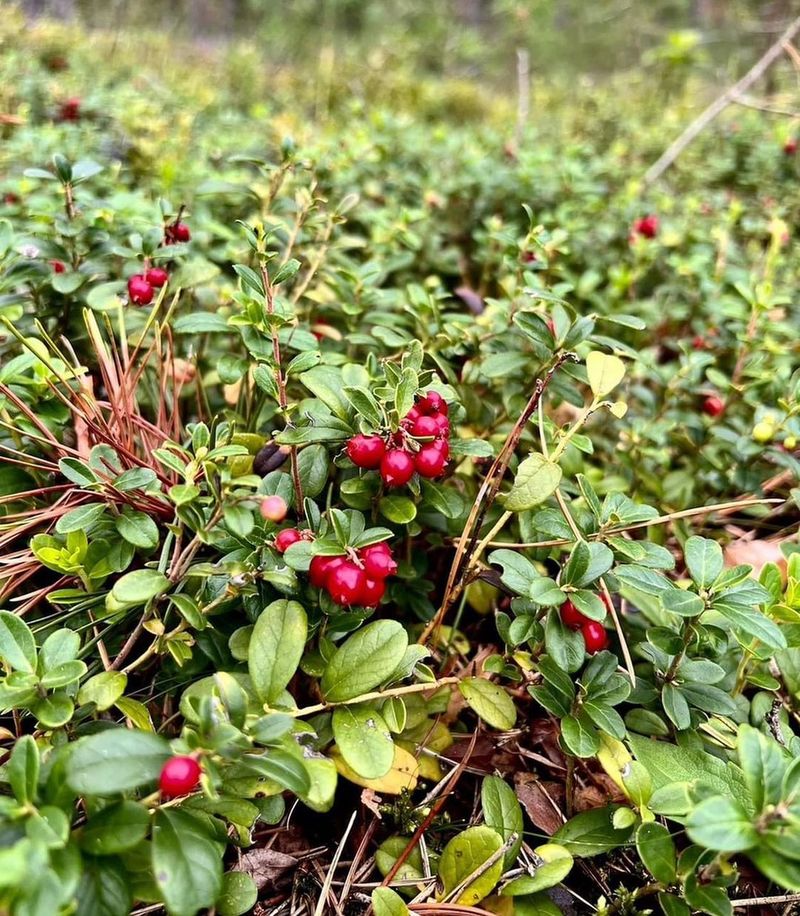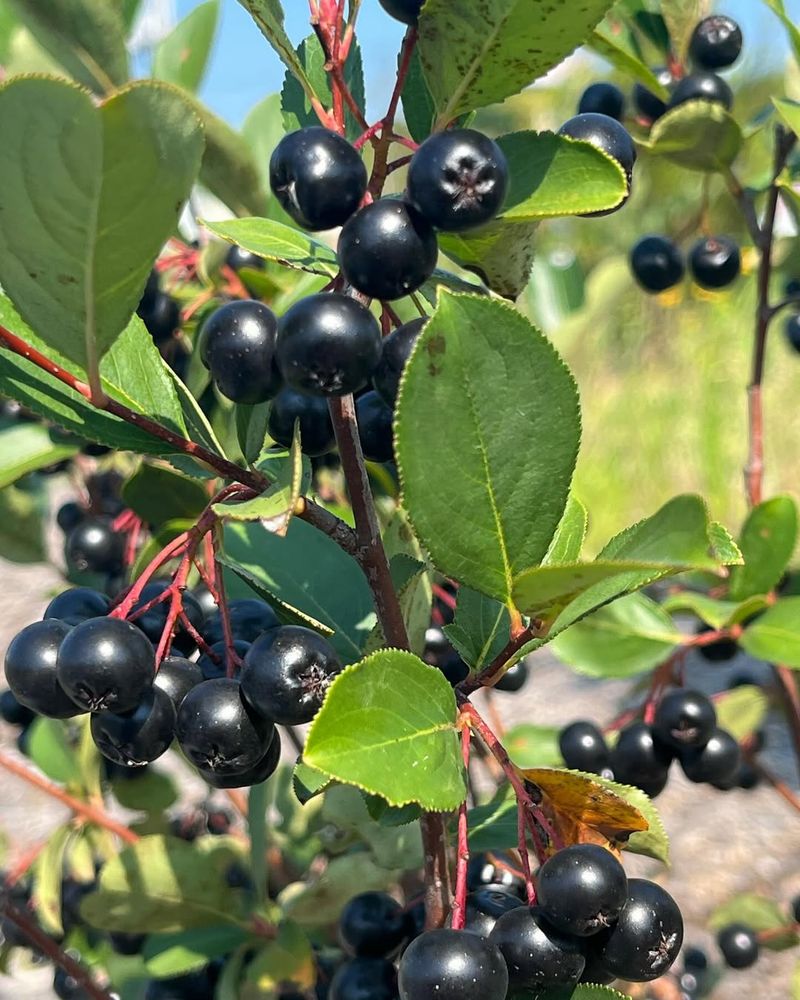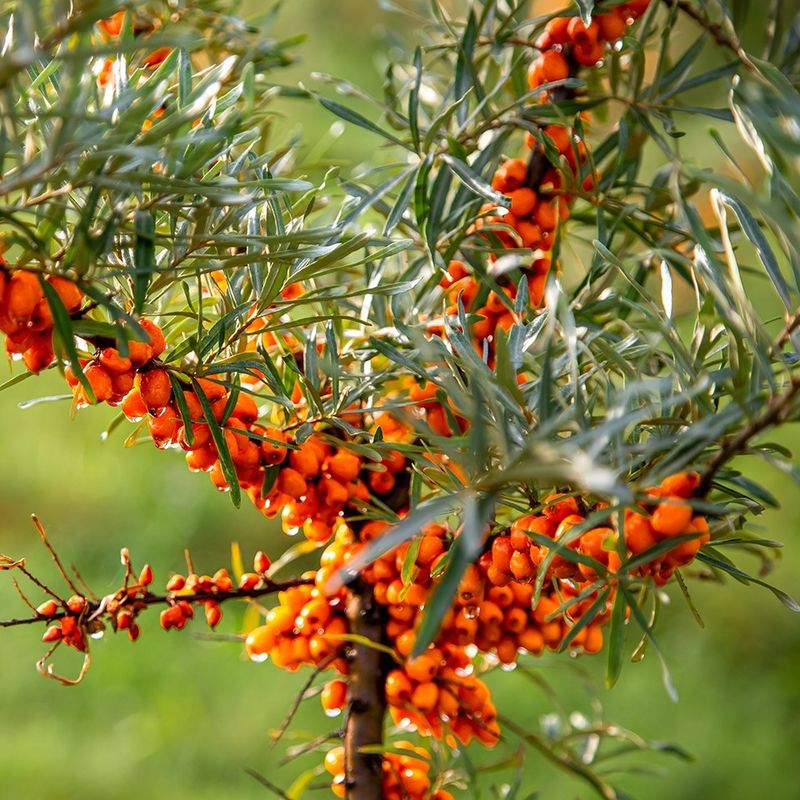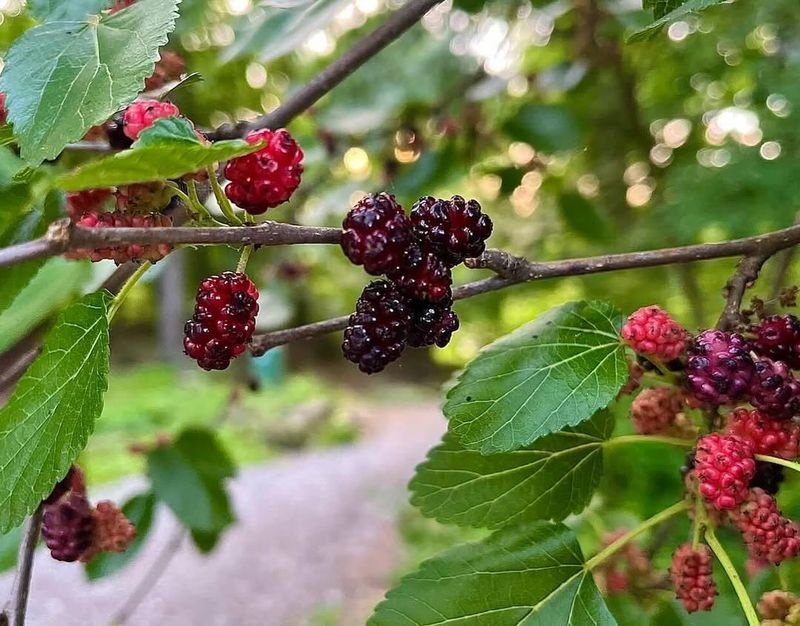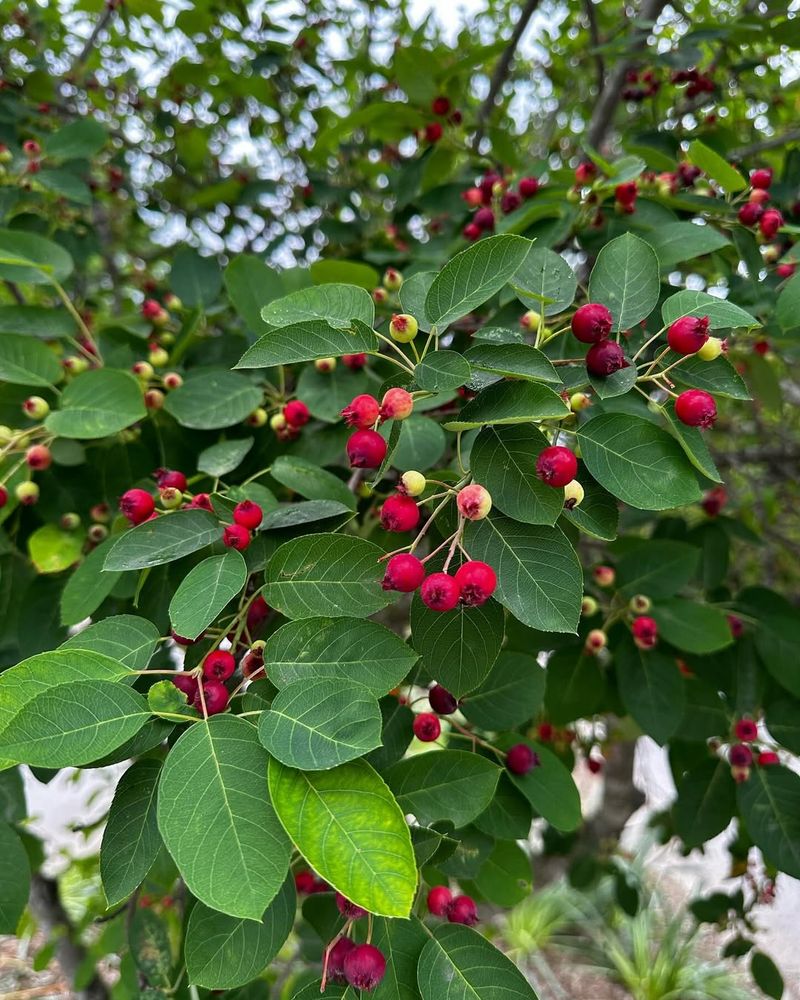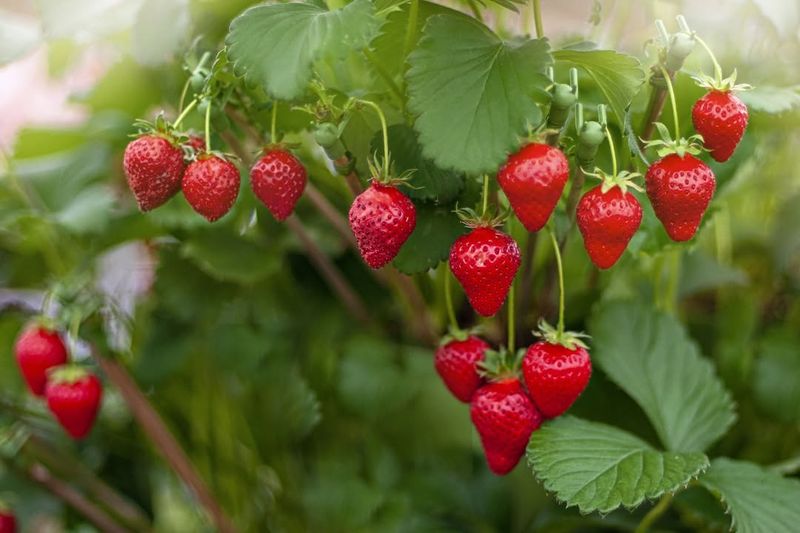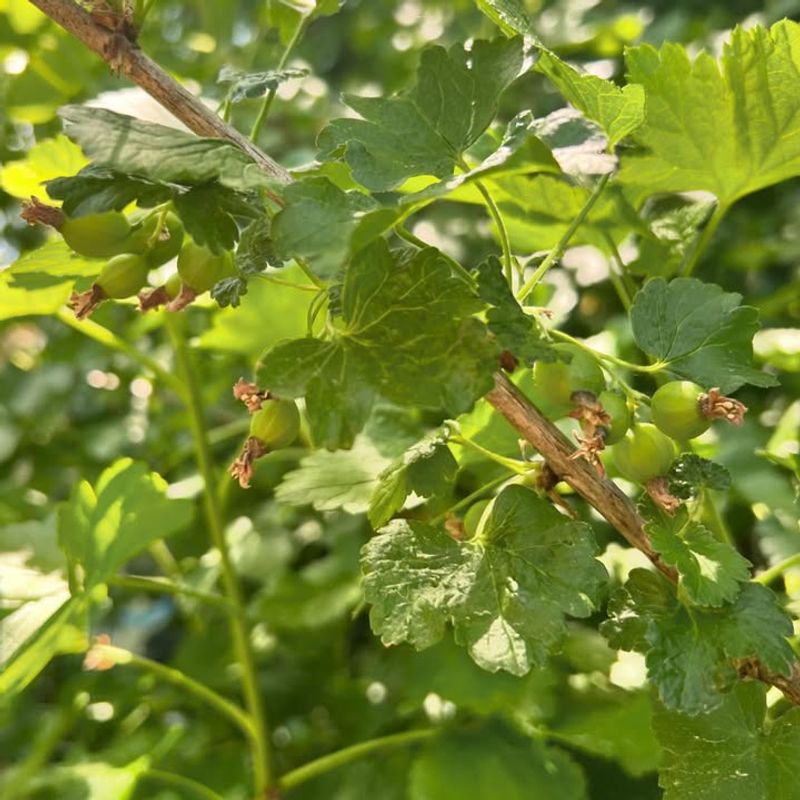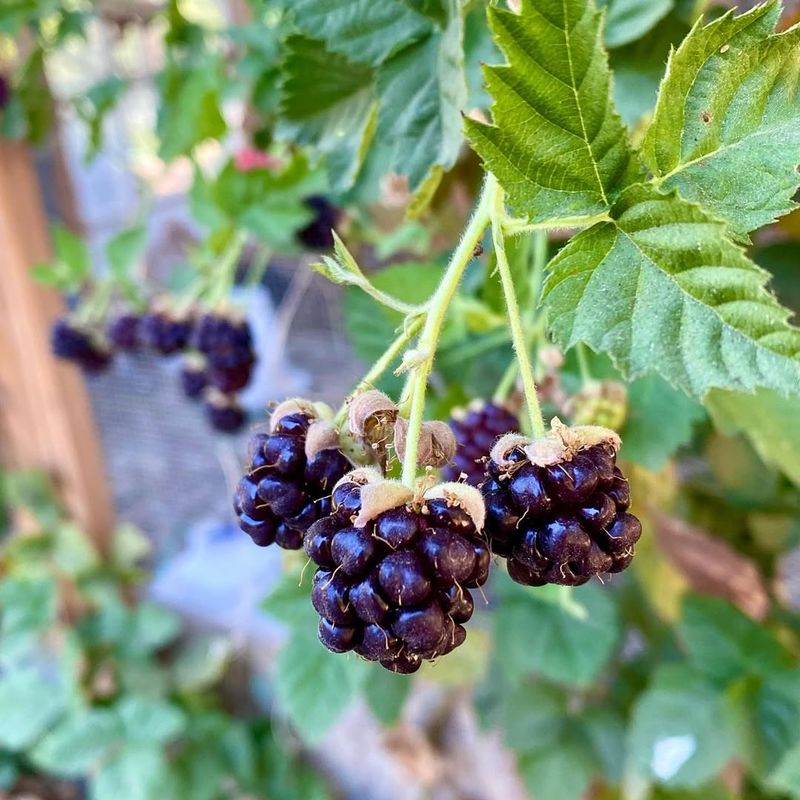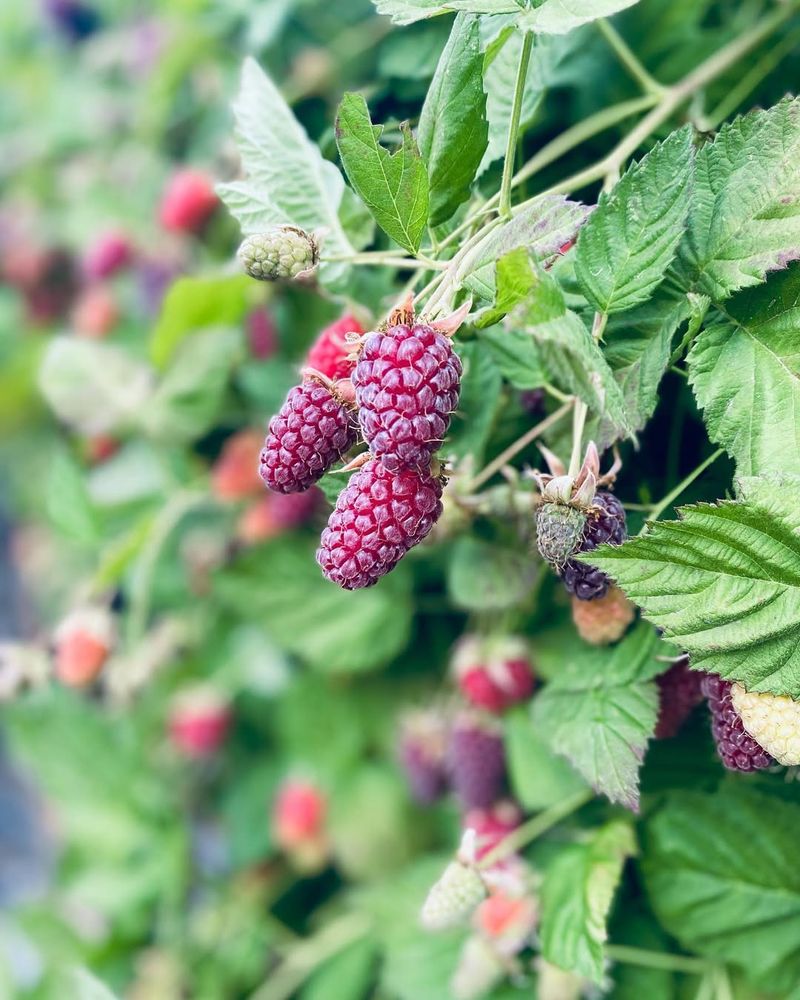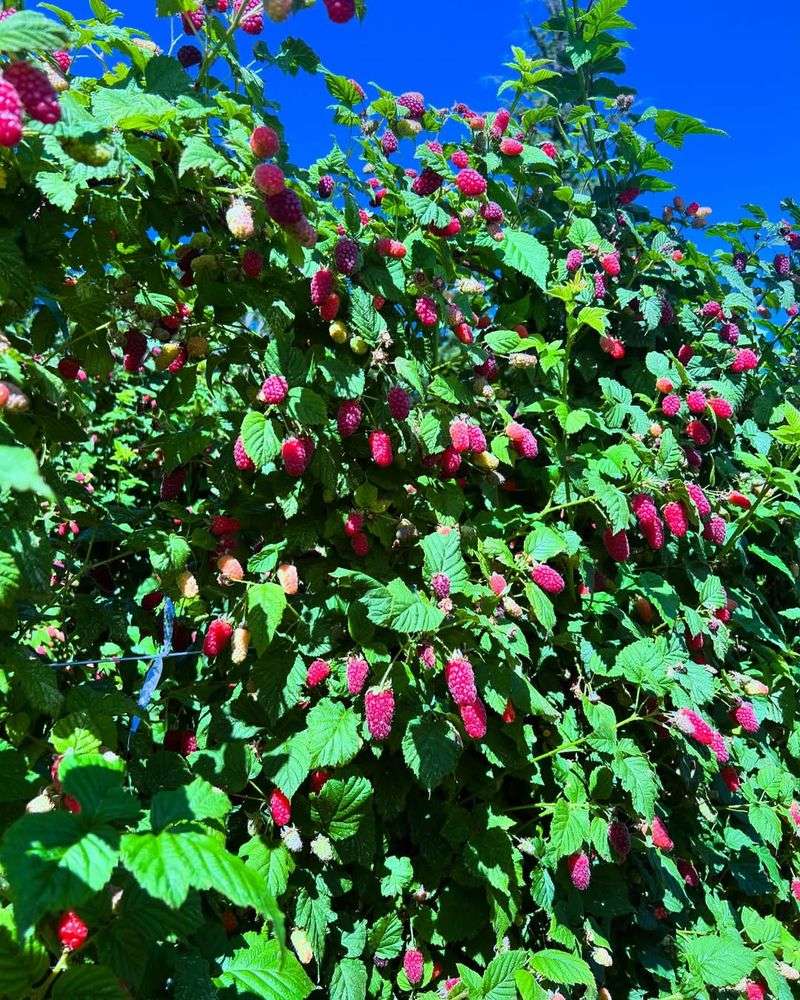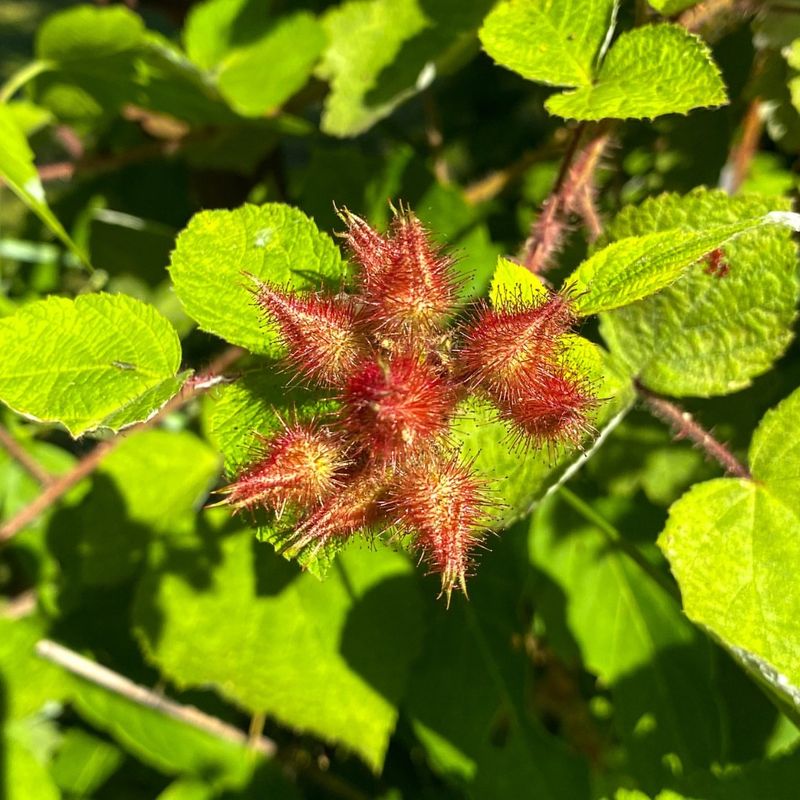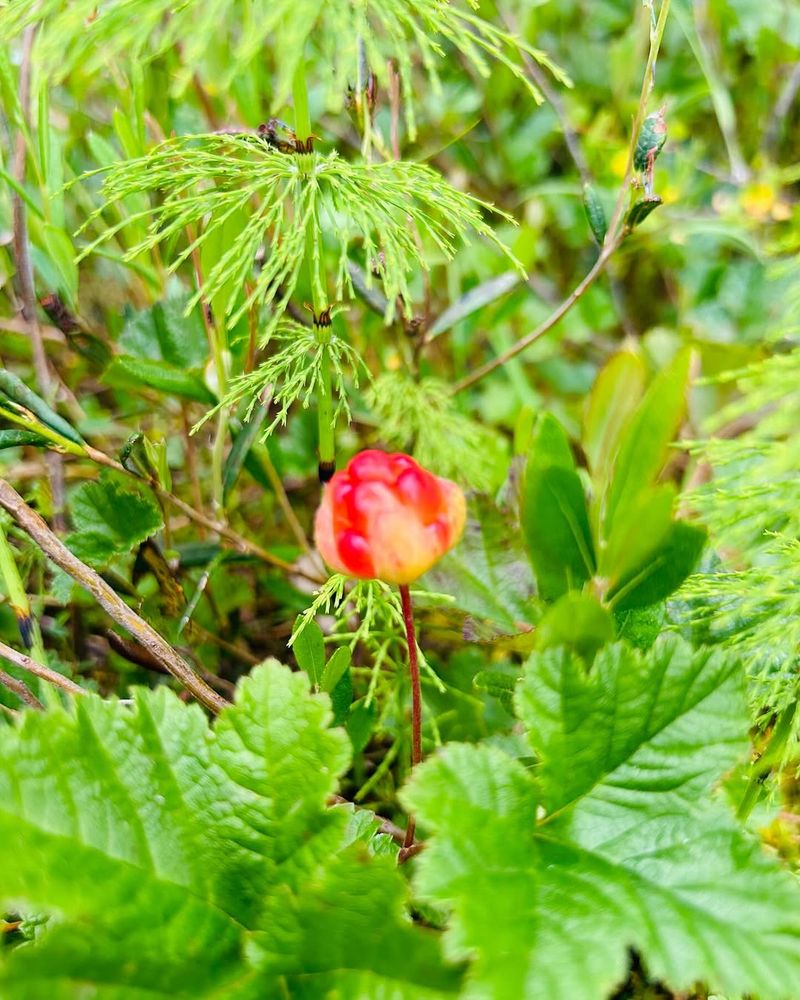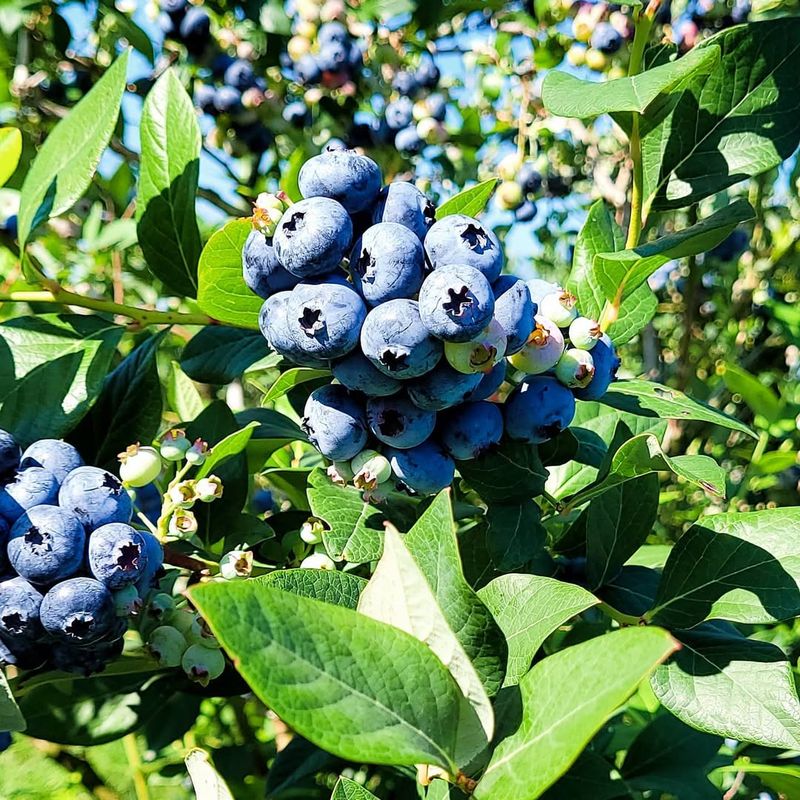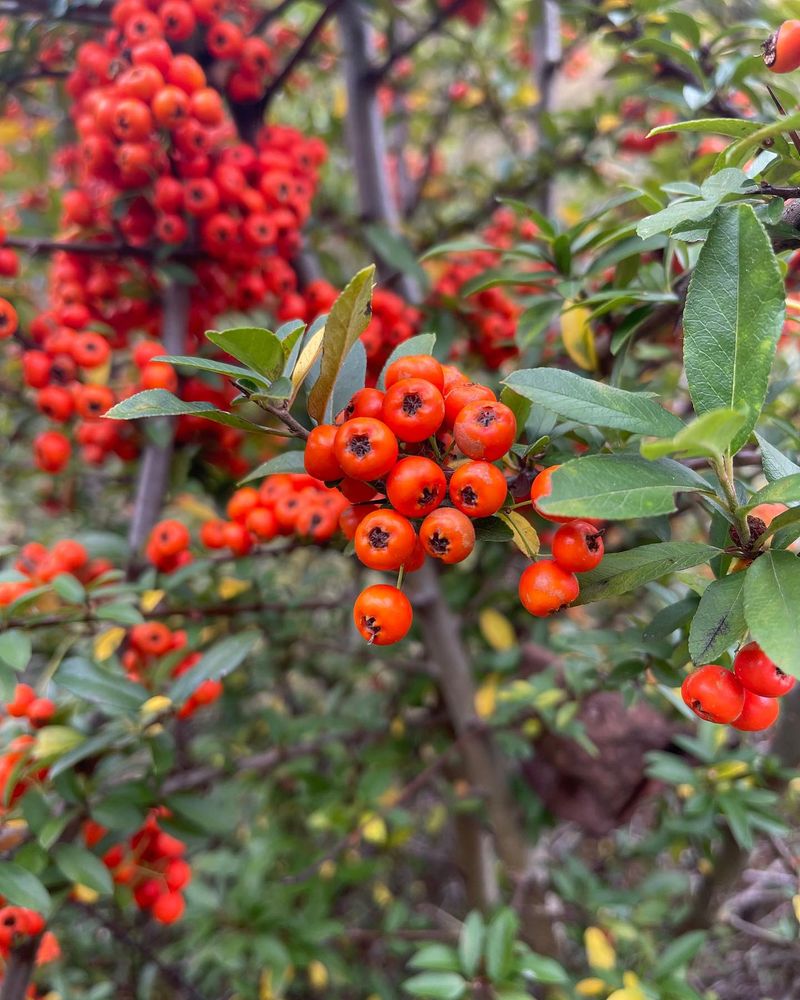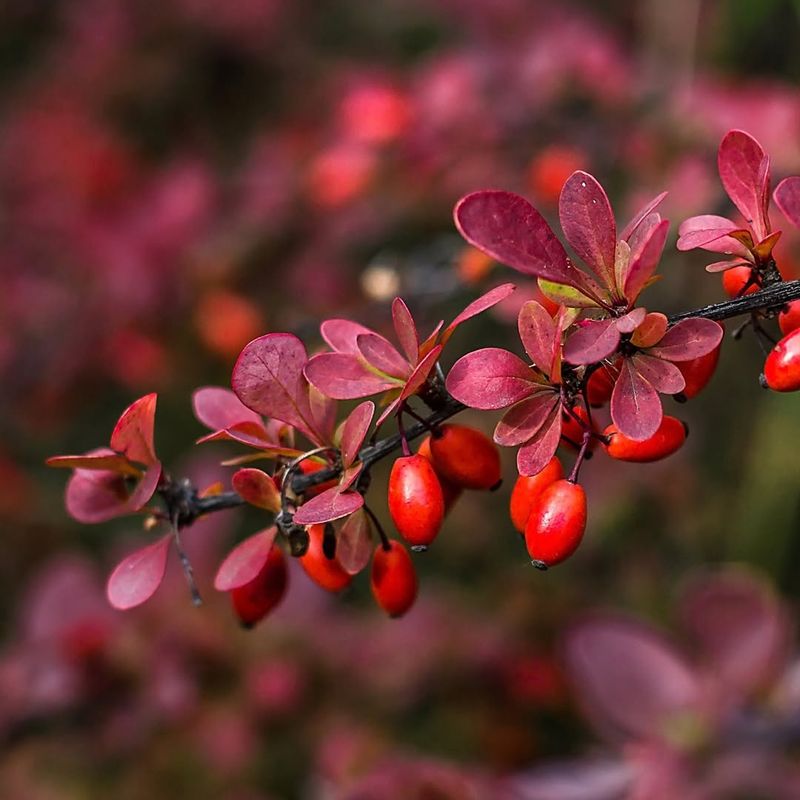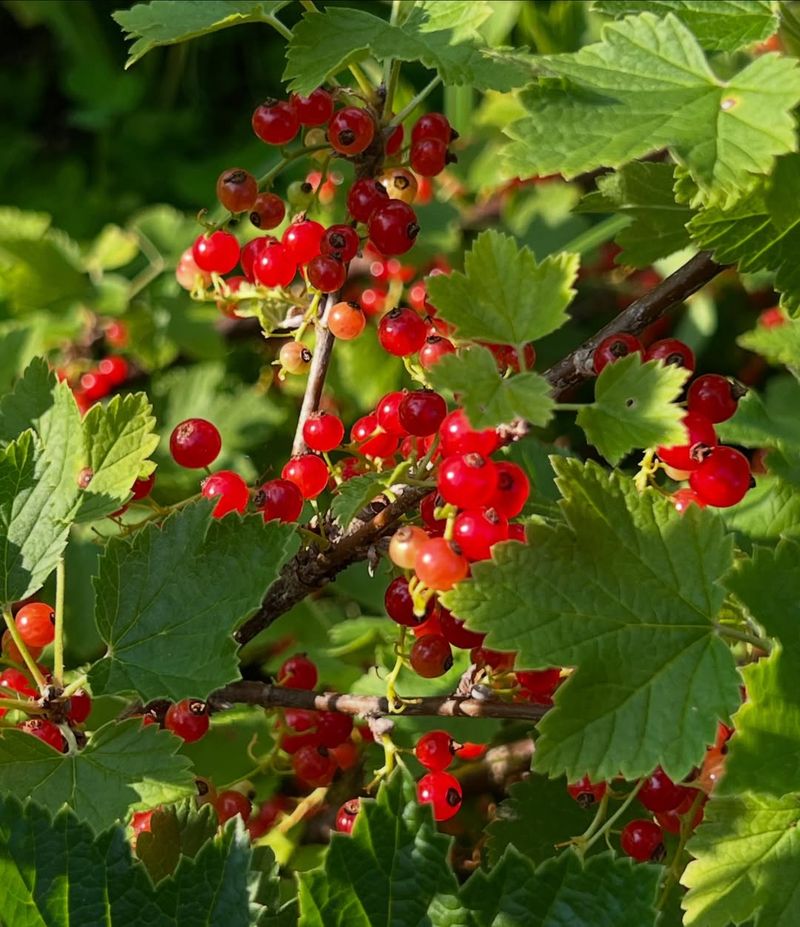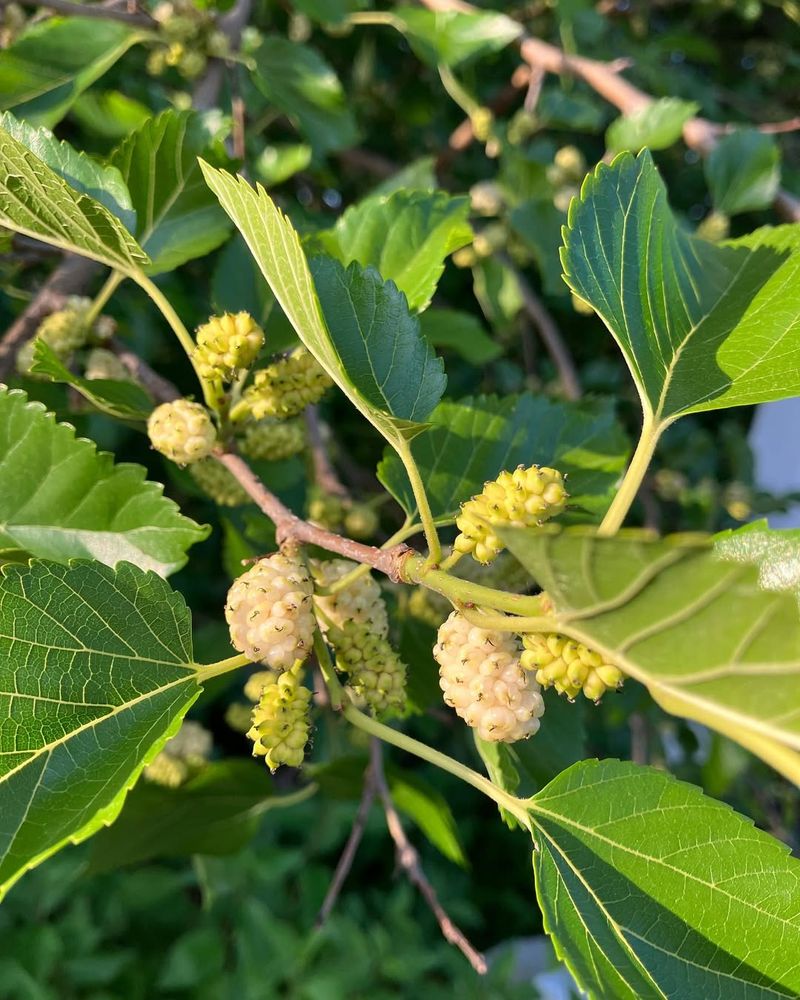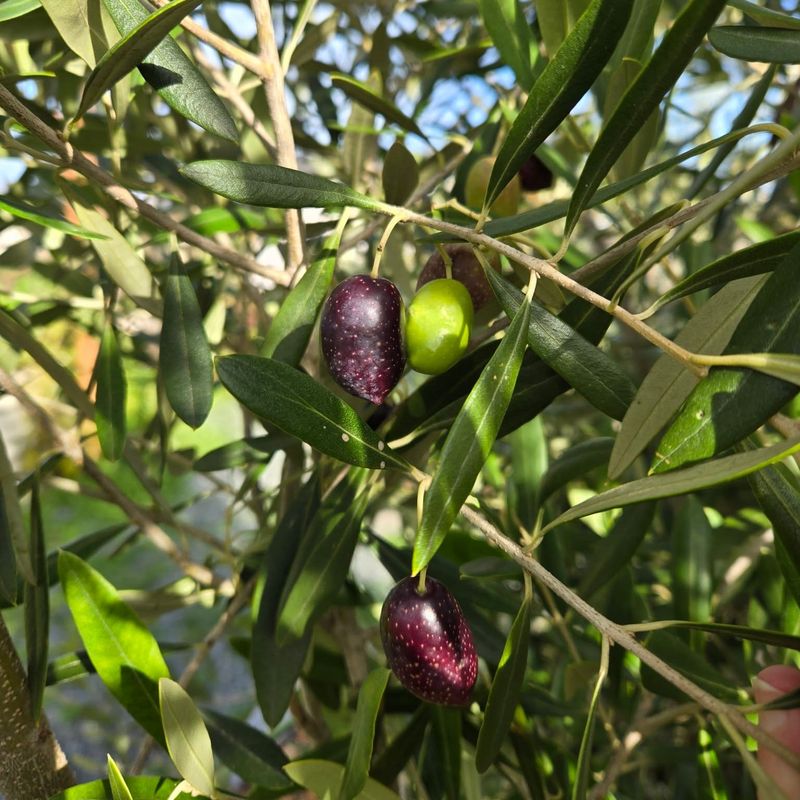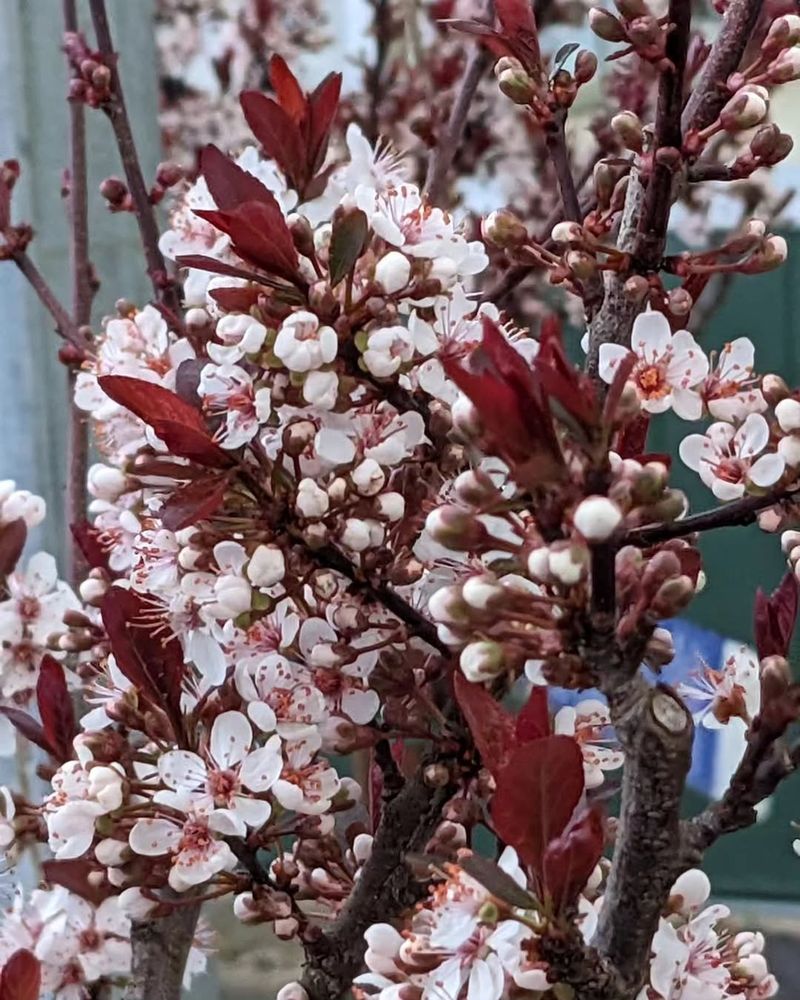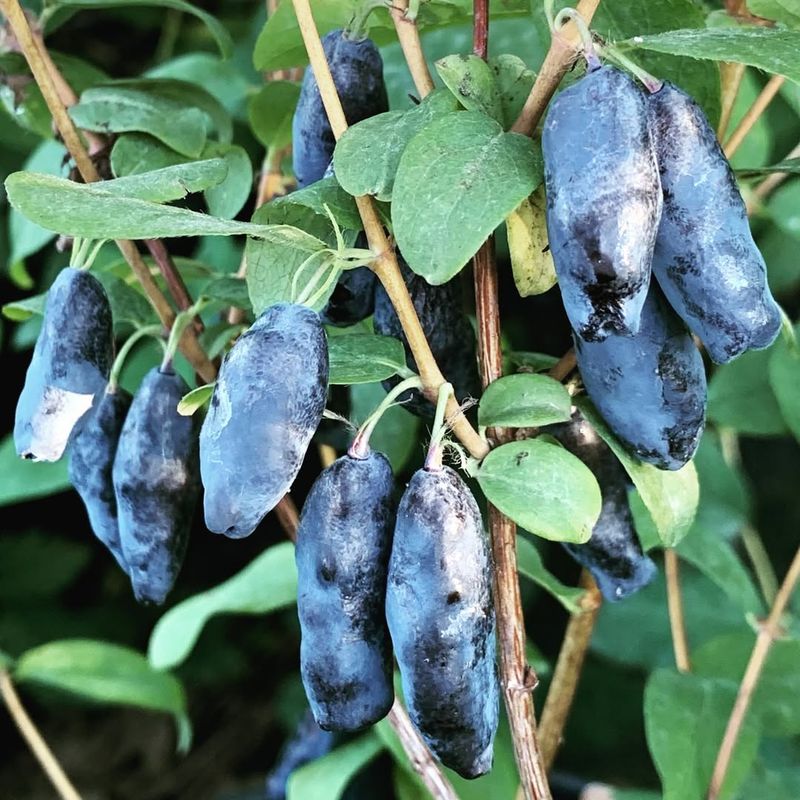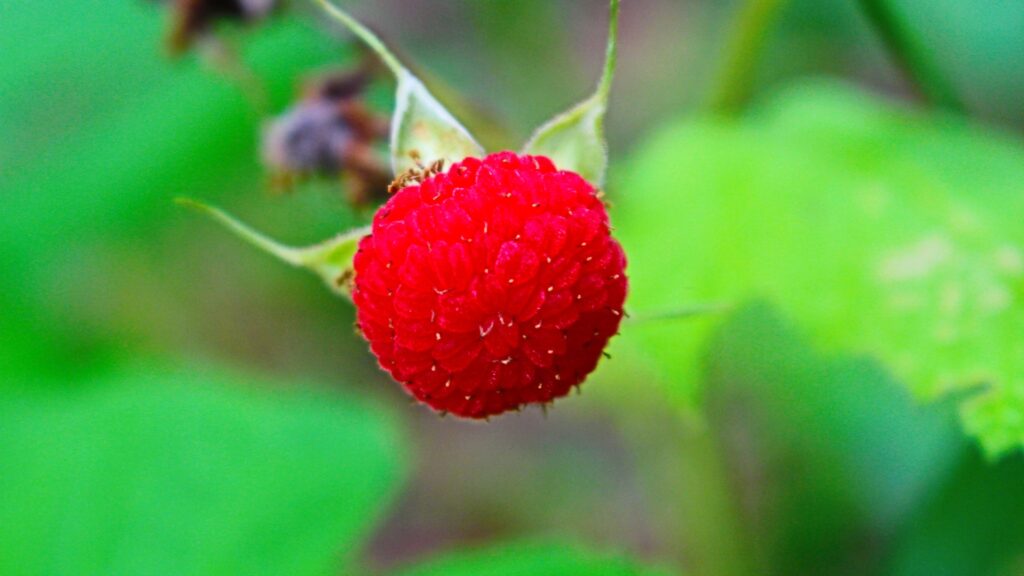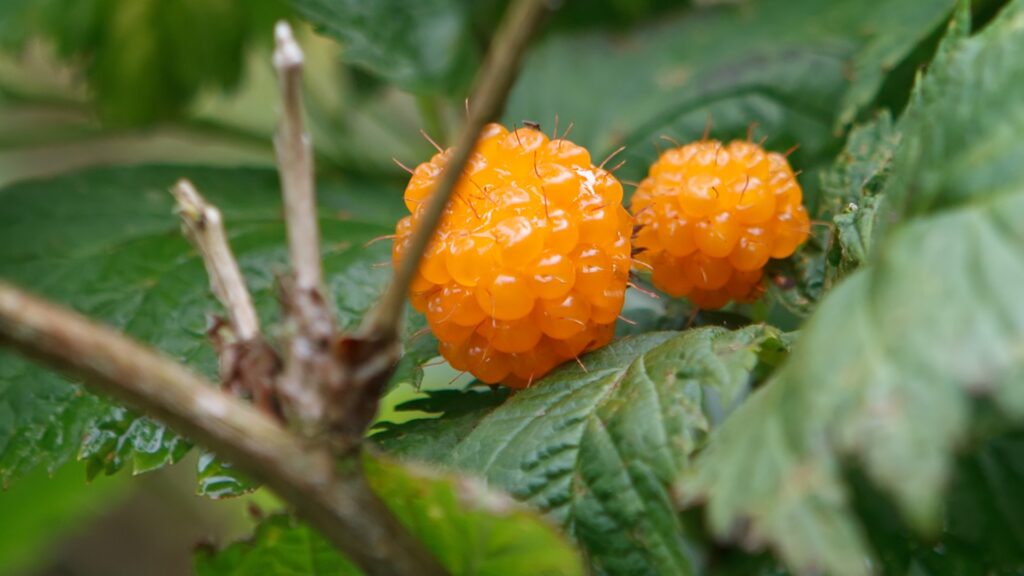Gardening enthusiasts know the joy that a well-tended berry bush can bring. These resilient berry bushes thrive in a variety of conditions, making them perfect for any garden.
Whether you are a seasoned gardener or just starting out, there’s a berry bush suited to your needs.
1. Raspberry
In the world of garden favorites, this bush is a champion. The raspberry bush offers not only delicious fruit but is also incredibly robust. Known for producing sweet, red berries, raspberries are a staple in jams and desserts.
These bushes thrive in well-drained soil and prefer a sunny location. Pruning is essential to encourage new growth and fruit production. Known to resist common pests, they are a gardener’s delight.
Raspberries are adaptable: they can survive harsh winters and bounce back in spring. Even novice gardeners find success with these resilient plants.
2. Blueberry
This garden treasure provides plump, juicy fruits. Blueberries are celebrated for their antioxidant-rich berries. They require acidic soil to thrive, a factor that makes them unique among berry bushes.
They prefer full sun and moderate watering to produce their best yield. Regular pruning enhances their productivity. Blueberries are not only delicious but also attract beneficial pollinators.
Gardeners appreciate their resilience to varying climates. They are perennial favorites that return year after year, offering both beauty and bounty. With proper care, they can become a long-term fixture in your garden.
3. Blackberry
This bush stands out with its glossy black fruit. Blackberries are known for their vigorous growth and tasty berries. They flourish in diverse conditions, making them a versatile choice.
These bushes prefer sunny, well-drained locations. Minimal care is required, with occasional pruning to remove old canes. Their thorny stems can provide a natural barrier in gardens.
Blackberries are incredibly hardy, enduring various weather conditions. They spread quickly, so regular monitoring is helpful. Enjoy them fresh or use in culinary delights like pies and syrups.
4. Gooseberry
With its unique berries, this bush is a culinary gem. Gooseberries offer a tart flavor, perfect for pies and preserves. They are resilient and thrive in cooler climates.
They enjoy sunny locations but can tolerate partial shade. Their soil preference is well-drained and slightly acidic. Pruning ensures healthy growth and ample fruiting.
Gooseberries resist many common pests and diseases, making them a reliable choice. Their compact size makes them suitable for smaller gardens. These bushes are a delight for gardeners seeking something different.
5. Currant
This bush produces clusters of small, vibrant fruits. Currants are prized for their tart flavor and versatility. They thrive in cool, moist environments, making them perfect for shaded gardens.
Preferring well-drained, fertile soil, they benefit from regular watering. Pruning is important to maintain their shape and productivity. Currants are hardy and resist many plant diseases.
They add color and variety to garden landscapes. These bushes are excellent for making jams, jellies, and baking. With minimal care, they offer consistent yields and are a gardener’s favorite.
6. Elderberry
Known for its medicinal berries, this bush is a garden powerhouse. Elderberries are famous for their health benefits. They grow well in a range of soils and conditions.
Elderberry bushes prefer sunny or partially shaded areas. They are quite adaptable to different environments. Pruning encourages robust growth and fruiting.
These bushes are resilient against pests and diseases. They make excellent hedges, adding both utility and beauty. Elderberries can be used in syrups, wines, and teas. With minimal effort, they provide a fruitful harvest.
7. Cranberry
Thriving in wet conditions, this bush is unique. Cranberries are cherished for their tart, red berries. They prefer acidic, sandy soils and are often associated with wetland areas.
These bushes need full sun to thrive. Regular watering is crucial, especially in drier climates. They are naturally resistant to many pests and diseases.
Cranberries add a splash of color to gardens. They are perfect for making sauces and preserves. With proper care, they offer a rewarding harvest, attracting birds and beneficial insects.
8. Huckleberry
This bush is known for its small, flavorful berries. Huckleberries are a wild treat, often found in woodland areas. They thrive in acidic, well-drained soils.
These bushes prefer partial shade, mimicking their natural forest habitat. They are slow-growing but worth the wait for their delicious fruit. Pruning is minimal, focusing on removing any deadwood.
Huckleberries are incredibly hardy, surviving in diverse climates. They are a favorite among wildlife and humans alike. Perfect for jams and baking, they are a delightful addition to any garden.
9. Lingonberry
A Scandinavian staple, this bush is admired for its red berries. Lingonberries are known for their tart flavor. They thrive in acidic, sandy soils, similar to their native forest habitats.
These bushes prefer cooler climates and partial shade. Regular pruning encourages new growth and berry production. Lingonberries are resilient, resisting many plant diseases.
They offer a unique flavor for sauces and preserves. Gardeners enjoy their low-maintenance nature and ornamental appeal. Lingonberries can transform a garden into a lush, berry-filled haven.
10. Chokeberry
This bush is famed for its tart, astringent berries. Chokeberries, or Aronia, are rich in antioxidants. They grow well in wet, acidic soils and are often used in naturalized garden settings.
These bushes thrive in full sun to partial shade. They require minimal care, making them perfect for busy gardeners. Pruning is mainly for shaping and removing deadwood.
Chokeberries are extremely hardy, tolerating a range of conditions. They are great for making juices and jams. Their dark berries add a striking contrast to garden landscapes.
11. Sea Buckthorn
In coastal gardens, this bush is a standout. Sea buckthorn is known for its bright orange berries and high vitamin content. It thrives in sandy, well-drained soils.
These bushes prefer full sun and are tolerant of salt spray, ideal for seaside locations. Pruning helps maintain their size and encourages fruiting. Sea buckthorn is highly resistant to pests and diseases.
Its berries are used in juices and skincare products. This bush adds a splash of color and is perfect for erosion control. Its resilience makes it a valuable addition to any garden.
12. Mulberry
This tree offers an abundance of sweet, dark berries. Mulberries are loved for their juicy fruit. They grow well in a variety of soils, thriving in sunny locations.
These trees require minimal care and are known for their rapid growth. Pruning helps manage their size and shape. Mulberries are less prone to pests, making them a gardener’s companion.
Their berries are perfect for fresh eating and making desserts. Mulberries have a long history in traditional gardens, offering shade and sustenance. They are a resilient choice for those seeking a reliable fruit source.
13. Serviceberry
This bush boasts beautiful blossoms and tasty berries. Serviceberries, also known as Juneberries, are a delight in any garden. They prefer well-drained soil and can tolerate partial shade.
The bushes require little maintenance, with occasional pruning to remove old branches. They are resistant to many pests and diseases, making them a sturdy choice.
Serviceberries attract birds and pollinators, adding life to gardens. They are excellent for fresh eating and baking. These bushes offer both ornamental value and edible rewards, enhancing garden ecosystems.
14. Strawberry Bush
This bush is a favorite for its sweet, juicy berries. Unlike typical strawberries, the strawberry bush produces unique, edible fruit. It thrives in well-drained, fertile soil.
Strawberry bushes prefer full sun and regular watering. Pruning helps encourage new growth and fruit production. They are resistant to many common plant pests.
These bushes add charm to cottage gardens. Their berries are excellent for fresh eating and desserts. With minimal care, strawberry bushes provide a reliable harvest, making them a must-have for berry enthusiasts.
15. Jostaberry
This hybrid bush combines the best of blackcurrant and gooseberry. Jostaberries are known for their sweet, tangy flavor. They thrive in well-drained, fertile soils.
These bushes prefer sunny locations and regular watering. Pruning is essential for maintaining their shape and maximizing fruit yield. They are resistant to many pests and diseases.
Jostaberries offer a unique taste experience and are perfect for jams and jellies. They add diversity to garden landscapes. With proper care, they can become a long-term, fruitful addition to any garden.
16. Boysenberry
This bush is celebrated for its large, juicy berries. Boysenberries are a cross between raspberries, blackberries, and loganberries. They thrive in well-drained, sunny locations.
These bushes require regular watering and benefit from mulch to retain moisture. Pruning encourages new growth and increases berry production. They are relatively resistant to diseases.
Boysenberries are perfect for making pies and preserves. Their unique flavor makes them a favorite among berry lovers. With the right care, they provide a generous harvest, delighting gardeners and gourmets alike.
17. Loganberry
Rich in flavor, this bush is a gardener’s treasure. Loganberries are a hybrid of raspberry and blackberry, offering the best of both worlds. They thrive in well-drained soil and sunny spots.
These bushes need consistent watering and benefit from mulching. Pruning old canes is key to maintaining healthy growth. Loganberries are relatively disease-resistant, easing the gardener’s workload.
They are ideal for fresh eating, jams, and desserts. Their berries have a unique tartness that adds zest to culinary creations. Loganberries are a rewarding choice for those seeking a flavorful addition to their garden.
18. Tayberry
This bush is known for its sweet, aromatic berries. Tayberries are a cross between raspberries and blackberries. They thrive in rich, well-drained soils.
These bushes prefer full sunlight, which enhances their fruit sweetness. Regular pruning is important to encourage prolific berry production. They are generally resistant to pests and diseases.
Tayberries are versatile, perfect for fresh eating and preserves. Their distinctive flavor makes them a gourmet’s delight. With proper care, they yield bountiful harvests, bringing joy to gardeners and food enthusiasts alike.
19. Wineberry
This bush offers vibrant red berries with a sweet-tart flavor. Wineberries are closely related to raspberries. They prefer moist, well-drained soils and full sun.
These bushes require minimal care, with occasional pruning to remove old growth. They are often found in wild, naturalized settings and are hardy against various conditions.
Wineberries are perfect for fresh eating and making preserves. Their unique flavor profile adds interest to recipes. With their striking appearance, they also enhance the visual appeal of any garden.
20. Cloudberry
This bush is a treasure in northern gardens. Cloudberries offer unique, amber-colored fruits. They thrive in boggy, acidic soils and cooler climates.
These bushes prefer full sun and require minimal care. Pruning is not typically needed, making them ideal for low-maintenance gardens. They are resistant to many pests and diseases.
Cloudberries are perfect for making jams and desserts. Their distinct flavor is cherished in Nordic cuisine. With the right conditions, they provide a rare and delightful harvest, adding exotic charm to gardens.
21. Bilberry
This bush is known for its small, intense berries. Bilberries are often compared to blueberries but offer a unique flavor. They thrive in acidic, well-drained soils.
These bushes prefer partial shade, mimicking their natural forest habitats. Pruning is minimal, focusing on removing deadwood. Bilberries are hardy, withstanding various climates.
They are excellent for fresh eating and making preserves. Their berries are a favorite among wildlife, especially birds. Bilberries add a touch of wilderness to gardens, delighting both gardeners and nature enthusiasts.
22. Buffaloberry
This bush thrives in arid regions. Buffaloberries are known for their tart, red fruits. They grow well in sandy, well-drained soils and are drought-tolerant.
These bushes prefer full sun and require minimal watering. Pruning helps to maintain their shape and encourages fruiting. Buffaloberries are resistant to many pests and diseases.
They are ideal for making sauces and preserves. Their berries provide a splash of color in dry landscapes. Buffaloberries are a resilient choice for gardeners in challenging climates, offering both beauty and bounty.
23. Barberry
This bush is known for its vibrant berries and thorny branches. Barberries offer small, tart fruits. They thrive in well-drained soils and are often used in hedgerows.
These bushes prefer full sun to partial shade. Pruning is essential to maintain their shape and remove any deadwood. Barberries are hardy, resistant to many pests and diseases.
Their berries are used in cooking and traditional medicine. The bush adds structure and color to gardens. Barberries are valued for their resilience and ornamental appeal, making them a popular choice for boundaries.
24. Red Currant
This bush is a garden classic. Red currants produce clusters of bright, tangy berries. They thrive in cool, moist environments and prefer well-drained, fertile soil.
These bushes benefit from regular pruning to maintain their productivity. They are resistant to many pests and diseases, making them a reliable choice. Red currants attract pollinators, enhancing garden biodiversity.
Their berries are excellent for making jams and jellies. With their striking appearance, they add elegance to garden landscapes. Red currants are both beautiful and bountiful, a must-have for berry enthusiasts.
25. White Mulberry
This tree offers a unique twist on the mulberry family. White mulberries are known for their sweet, pale fruits. They thrive in various soils and prefer sunny locations.
These trees require minimal care, with occasional pruning to shape and control growth. They are less prone to pests, making them easy to manage. White mulberries are a favorite among birds.
Their berries are perfect for fresh eating and can be dried for snacks. These trees provide shade and beauty in traditional orchards, offering a sweet harvest season after season.
26. Autumn Olive
This bush is praised for its small, silvery berries. Autumn olives are known for their tart flavor. They thrive in poor, well-drained soils and are often found in wild settings.
These bushes prefer full sun and require minimal maintenance. Pruning helps control their spread and encourages fruiting. Autumn olives are resistant to many pests and diseases.
Their berries are ideal for making sauces and preserves. With their unique appearance, they add interest to naturalized gardens. Autumn olives are a resilient choice, providing wildlife habitat and enhancing garden diversity.
27. Sand Cherry
This bush is a standout in prairie gardens. Sand cherries offer small, dark berries with a unique flavor. They thrive in sandy, well-drained soils and are drought-tolerant.
These bushes prefer full sun and require minimal care. Pruning helps maintain their shape and encourages berry production. Sand cherries are hardy against pests and diseases.
Their berries are perfect for making jellies and desserts. The bush adds a splash of color and texture to landscapes. Sand cherries are valued for their resilience and are a wonderful addition to xeriscapes.
28. Honeyberry
This bush is a must-have for cool climate gardens. Honeyberries are known for their sweet, blueberry-like fruit. They thrive in well-drained soils and can tolerate partial shade.
These bushes require minimal pruning, mainly to remove deadwood. They are resistant to many pests and diseases, making them a reliable choice. Honeyberries attract pollinators, enhancing garden health.
Their berries are excellent for fresh eating and baking. With their early ripening, they provide a welcome harvest in spring. Honeyberries add both flavor and ornamental value to gardens, delighting berry enthusiasts.
29. Thimbleberry
This bush is a hidden gem of the woodland garden. Thimbleberries produce soft, velvety red fruits that resemble raspberries but with a more delicate structure and subtle sweetness. They thrive in rich, well-drained soils.
These bushes prefer partial shade and moist conditions, echoing their native forest habitats. Pruning helps control their spread and encourages healthy growth. Thimbleberries are resistant to most pests and diseases.
Their berries are ideal for fresh eating or small-batch preserves. The broad, maple-like leaves and showy white flowers add ornamental charm. Thimbleberries bring both flavor and texture to naturalized gardens, offering wild beauty with minimal fuss.
30. Salmonberry
This bush brightens the landscape with jewel-toned berries. Salmonberries are native to the Pacific Northwest and produce raspberry-like fruit in hues ranging from yellow to deep red. They thrive in moist, well-drained soils.
These bushes prefer partial shade, mimicking their woodland origins. They require little maintenance beyond occasional pruning to control spread. Salmonberries are hardy and tolerate a range of temperatures.
Their berries are enjoyed fresh or in preserves, offering a mild, sweet flavor. With their striking flowers and fruits, salmonberries add ornamental and ecological value. They’re a must for gardeners seeking native beauty and easy abundance.

